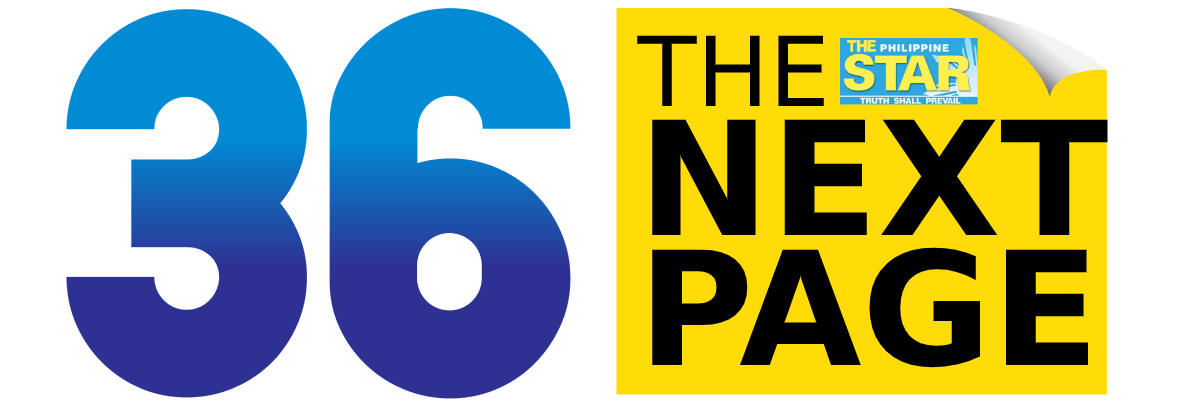The HMO industry and the challenge of COVID-19

In an emerging world of apps — FinTech, InsurTech, HealthTech, hospital and medical practice management software, and customized web-based platforms — health maintenance organizations (HMOs) have robustly kept up with the times.
Long before past and present disease outbreaks in the country such as COVID-19, the Association of Health Maintenance Organizations of the Philippines (AHMOPI) has been helping institutionalize electronic HMO services in the country. It institutionalized telemedicine, for instance, with some of its members partnering with one of the biggest global digital health companies in the world for the program.
Using digital health telemedicine solutions, HMOs are able to better provide high-quality medical care to their members. With innovative programs such as TeleHomeCare and Remote-Patient-Monitoring, the latter for chronic disease management, doctors can do daily virtual rounds of their patients and check their vital signs at regular intervals. These services became all the more crucial during the lockdowns at the height of the COVID-19 pandemic.

HMOs and COVID-19
In response to the Insurance Commission’s call for extending assistance to COVID-19 patients, most HMOs agreed to cover COVID-19 and its complications, for humanitarian reasons and on an ex-gratia basis. Coverable comorbidities carried separate benefit limits. Additionally, during the early days of quarantine, and for purposes of renewing corporate accounts under negotiation, most HMOs granted a 30-day (or more) hold cover arrangement from the expiry date of a Service Agreement. They also extended the usual grace period for prepaid membership fees and allowed the use of non-affiliated institutional health care providers for confinement purposes.
HMOs and their managed-care programs and patient-centered service delivery have undoubtedly gained more attention from the public, which could encourage a shift in health benefit spending among individuals and corporate clients moving forward.
To date, the industry has covered thousands of COVID-19 patients.
COVID-19-related insurance and medical claims paid since the start of the pandemic until the end of 2021 have amounted to P16.71 billion. Of this amount, P12.82 billion or 77% was paid in 2021, while P3.89 billion or 23% was paid in 2020. Of the P12.82 billion paid in 2021, P6.85 billion (53.40%) were for death benefits, P3.37 billion (26.28%) were for inpatient benefits, and P1.93 billion (15.05%) were for outpatient benefits. All three major benefit payments comprised 94.73% of total COVID-19 payouts, with the rest (5.27%) allocated for other benefits.

Despite the difficulty of doing business in these trying times, there is something positive to look forward to now that the end of the pandemic is in sight. HMOs and their managed-care programs and patient-centered service delivery have undoubtedly gained more attention from the public, which could encourage a shift in health benefit spending among individuals and corporate clients moving forward.
HMOs and health care provider-partners
For many years now, AHMOPI has entered into Memorandums of Agreement (MOA) with major medical and surgical specialty societies such as the Philippine College of Physicians, Philippine College of Surgeons, Philippine Obstetrical and Gynecological Society, and the Philippine Pediatric Society. Our MOAs provide enhanced terms of engagement with these organizations’ member-doctors. In recognition of their invaluable services to our plan holder-patients during COVID-19, AHMOPI further increased the professional fees of MOA-participating doctors in a series of three-month extensions beginning early 2020. Overall, the HMO industry is affiliated with over 2,800 health care institutions and clinics and over 60,000 specialists nationwide.
The HMO industry stands committed to do its best to continue supporting the government and the private sector.
Just like any other industry, HMOs face a lot of challenges — spiraling medical costs, heavy taxation, keen competition and an uneven playing field, supply-chain issues, and more.
Under the Universal Health Care law, the Department of Health, PhilHealth, the HMOs, and life and non-life insurance companies are directed to develop standard policies and plans that complement UHC benefits. Hence, AHMOPI continues to dialogue with PhilHealth on guidelines related to the establishment of benefits for individual-based health services under the UHC law, and the possibility of HMOs acting as primary care providers for PhilHealth.
The HMO industry stands committed to do its best to continue supporting the government and the private sector — especially hospitals, clinics, laboratories, pharmacies, and medical and surgical specialty groups — in programs that would help contain and, hopefully, eradicate COVID-19 for good in the country at the soonest possible time.
To our fellow Filipinos, it is absolutely necessary to take full responsibility for our health and wellness — for ourselves, our families and community, and for our country.

